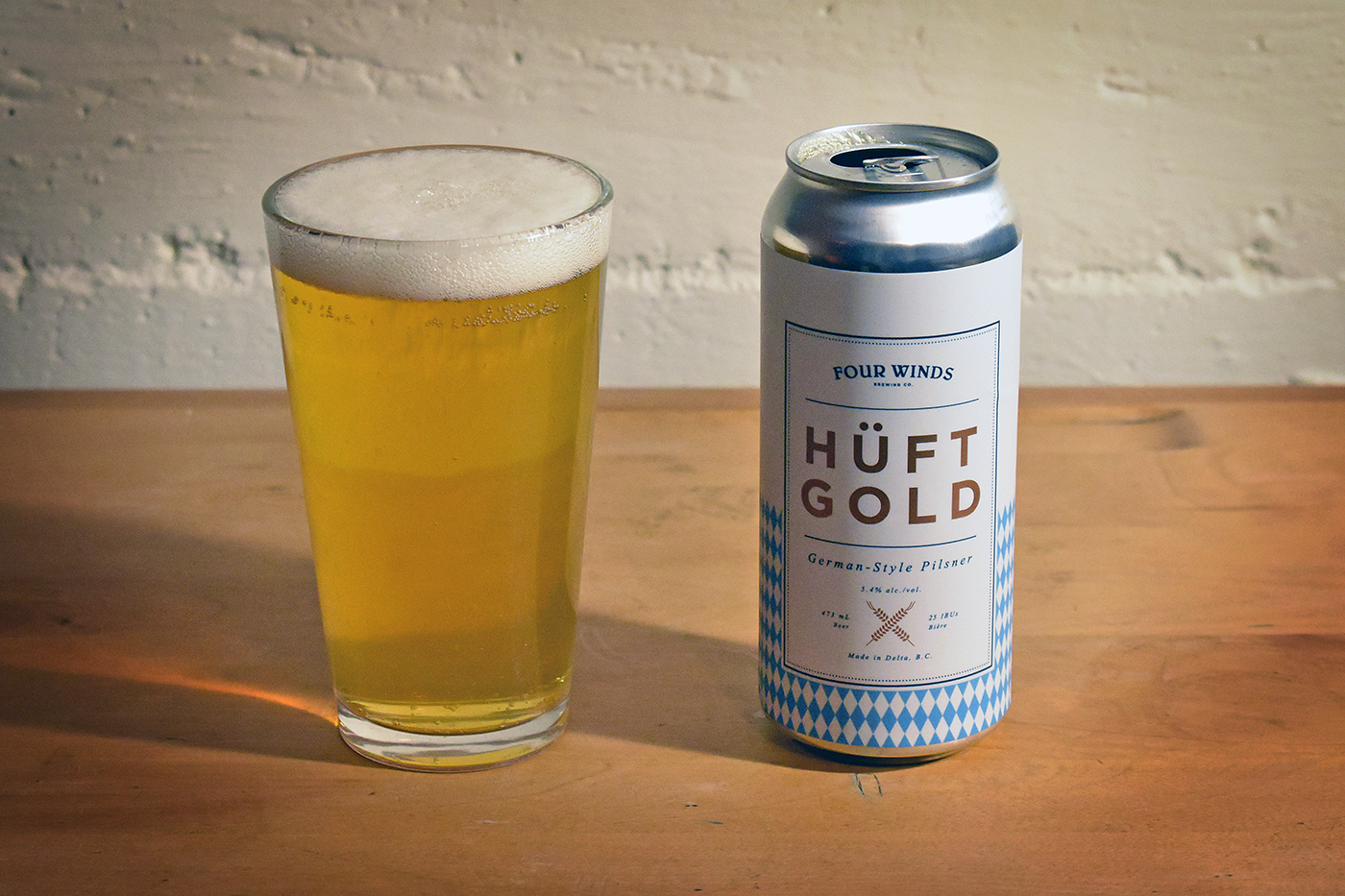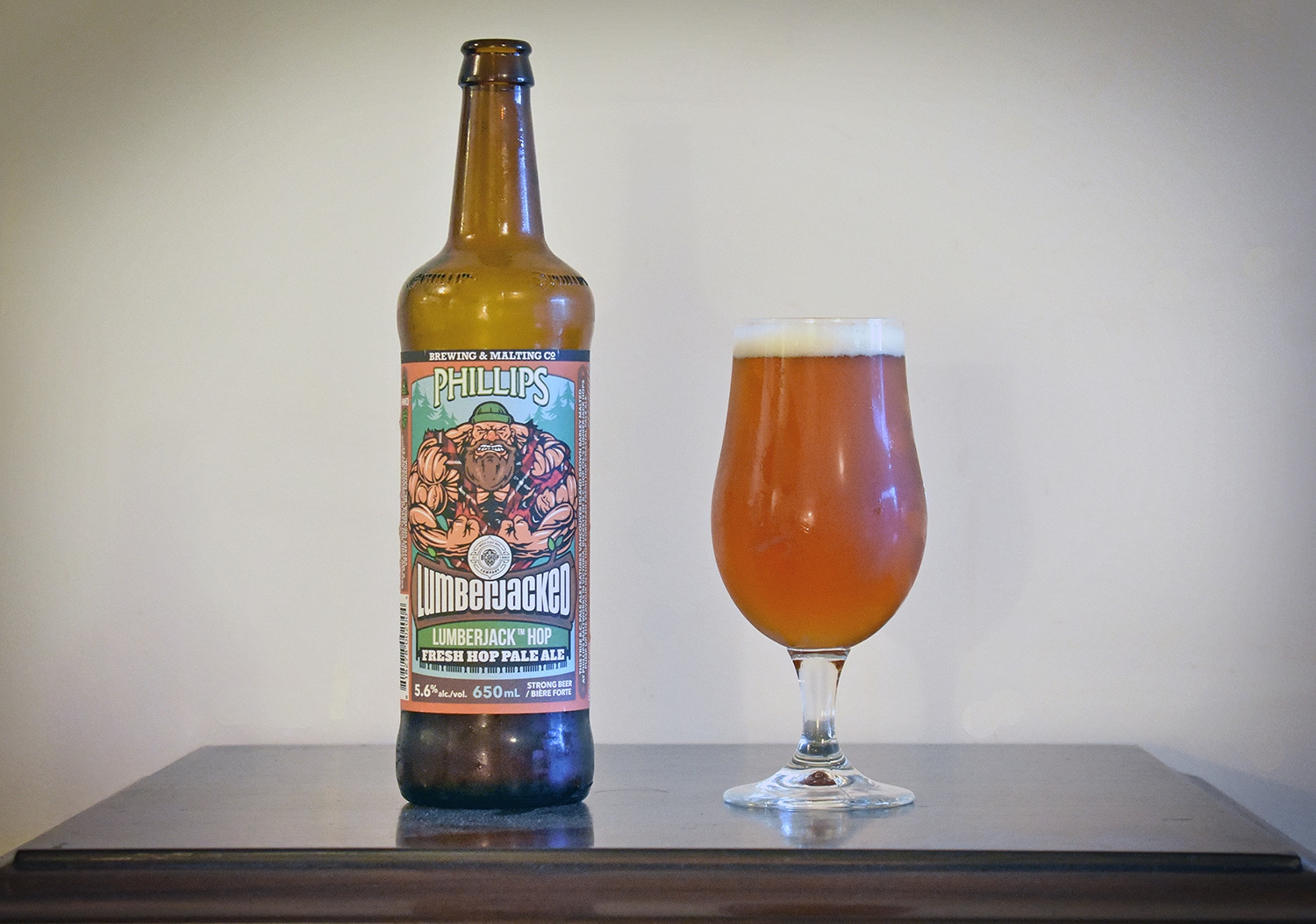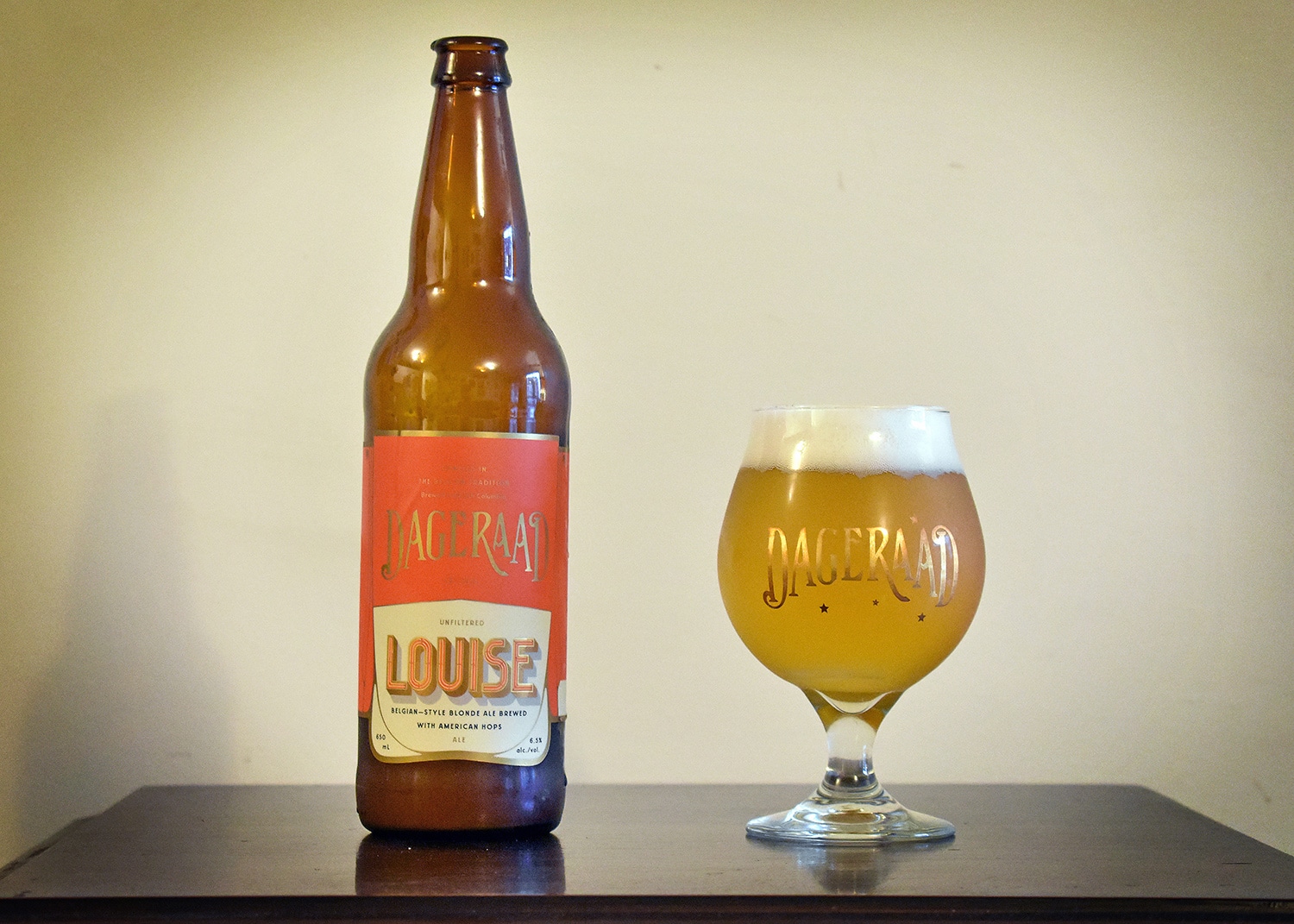
With craft breweries trending towards more approachable beers, two styles have emerged as the big winners: hazy pales and lagers.
Hazy pale ales and IPAs seem to be getting most of the attention these days, probably because that style of beer didn’t really exist five years ago. Low hop bitterness coupled with big hop flavour and aroma make it a game changer for breweries trying to reach people who might have been initially turned off craft beer because of that 100-plus IBU nuclear hop bomb they had in 2008.
The rise of craft-brewed lagers hasn’t gotten nearly as much attention, however. Lagers aren’t nearly as sexy as hazy pales; they don’t have the big bold flavours, the juicy fruitiness, the crazy names or psychedelic can art.
But have a look at the beer list of just about every brewery in the province right now and you’ll notice that along with the hazys, there’s a lager or two.
This wasn’t the case five, 10 years ago, for a lot of reasons. Firstly, at that point in time, craft beer was trying to differentiate itself from the macrobreweries who overwhelmingly brewed lagers. To be seen as different, they had to brew beers that were different. Beers like IPAs, sours, Russian imperial stouts. Secondly, there was the logistics involved. Lagers—whether they be helles lagers, pilsners, Dortmunders, märzens, or what have you—are technically difficult beers and typically take more than a month to make—much longer than ales. Newly opened craft breweries that were struggling to keep up with demand couldn’t afford to devote the tank space to lagers, especially when they could make a blonde ale that could kinda, sorta (not really) pass for a lager in little more than a week.
Today, many breweries have become established and addressed their capacity issues, allowing them to make proper lagers. A lot of brewers are also a lot better than they were five, 10 years ago, and feel far more comfortable brewing the style. Meanwhile, beer nerds and the general drinking public alike have both realized something: craft-brewed lagers are goddamn delicious! They’re subtle, well balanced and endlessly drinkable. These are all good things.
Lagers are not going smack you in the face with big hop flavours; they’re going to gently entice you with a harmony of floral hop notes and biscuit-like malt character.
Sometimes you just want to be romanced!
Enter Four Winds’ Hüftgold. This traditional German-style pilsner is made with all German ingredients and even sports traditional blue-and-white Bavarian livery on its can.
Hüftgold was previously only available at the brewery, but the beer’s popularity and a gold medal win at the 2018 B.C. Beer Awards back in October have prompted the Delta brewery to offer it in a wide release.
There’s nothing bold or brash about this beer, nor have any shortcuts been made. This isn’t some insipid, shapeless mass-market watery sports drink masquerading as beer. This is lager as it was intended: clean, dry, subtlety flavourful and utterly without fault. It is uncompromising in its quality and exceptional in its balance.
There is noticeable hop bitterness, but it serves to dry the finish and balance the malt character without overshadowing it. The crackery, grainy malt still shines through, and is made all the more appealing by the spicy, herbal hop flavours. Every element complements every other element of this beer, as has always been intended with this style.
As someone with a last name like “Mangelsdorf,” I feel as though Hüftgold triggered something deep within my distant Teutonic DNA. I want to throw on some lederhosen and down steins of this by the dozen. I’ve never even been to Germany, and now I feel compelled to.
Hüftgold by Four Winds Brewing
5.4% ABV • 25 IBUs • 473 mL tall cans
Appearance: Brilliant, sparkling gold with a persistent, moderately dense white head.
Aroma: Cereal, grain, herbal, bread, citrus.
Flavour: Grainy malt character, notes of cereal, cracker, bread, biscuit; herbal, citrus and spicy hop notes, moderate hop bitternes; well balanced and very clean.
Body/finish: Light/moderate body with a clean, dry finish.
Pairs with: Cheeseburgers, pretzels, fish and chips, lederhosen and eight or nine more beers.




